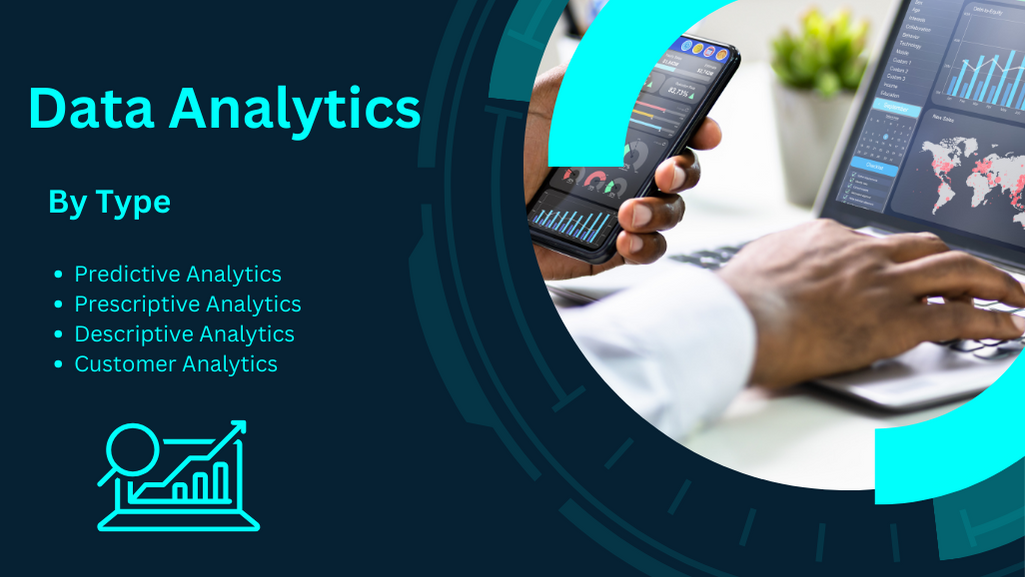Tracing the Exponential Growth of Global Data Analytics Revenue

The revenue generated within the data analytics market is a direct measure of its health, adoption, and the value businesses place on data-driven insights. With a powerful compound annual growth rate of 27.60%, the global Data Analytics revenue is on a clear path to contribute to a market size of USD 303.4 billion by the year 2030. This impressive financial growth is not generated from a single source but is derived from a diverse array of products and services tailored to meet the complex needs of modern enterprises. The primary revenue streams include software licensing and subscriptions, professional services for implementation and consulting, and the sale of the underlying hardware infrastructure. The shift towards subscription-based Software-as-a-Service (SaaS) models has been a particularly significant trend, providing vendors with predictable, recurring revenue while offering customers greater flexibility and lower upfront costs.
Diving deeper into the revenue streams, software subscriptions for cloud-based analytics platforms represent one of the fastest-growing segments. Companies like Microsoft (with Power BI and Azure Synapse), Amazon Web Services (with its suite of analytics tools), and Google Cloud Platform are seeing massive revenue growth from these offerings. This model allows businesses to pay for what they use, scale resources up or down as needed, and benefit from continuous updates and innovation without manual intervention. In parallel, the professional services segment remains a vital revenue generator. Many organizations require expert guidance to develop their data strategy, integrate complex data sources, build custom analytical models, and train their staff. Global consulting firms and specialized analytics service providers capitalize on this need, generating substantial revenue from their expertise.
The industry verticals that contribute most significantly to this revenue pool are those with the highest data intensity and the most to gain from optimized decision-making. The financial services industry, a perennial leader, invests heavily in analytics for algorithmic trading, credit risk scoring, and anti-money laundering (AML) compliance, generating massive revenue for analytics providers. The retail and consumer goods sector follows closely, spending on solutions for supply chain optimization, customer churn prediction, and targeted advertising. Moreover, the healthcare and life sciences sector is a rapidly emerging revenue source, driven by the need to analyze clinical trial data, electronic health records, and genomic information to accelerate research and improve patient care, creating new, high-value opportunities.
Looking to the future, new revenue streams are expected to emerge and grow in importance. The monetization of data itself, through data marketplaces and insights-as-a-service offerings, presents a significant opportunity. Additionally, the rise of edge analytics—processing data on IoT devices at the edge of the network rather than in a centralized cloud—is creating a new market for specialized software and hardware. As more business processes become automated and infused with artificial intelligence, the demand for embedded analytics, where analytical capabilities are built directly into operational applications, will also become a major driver of software revenue, ensuring the market's financial trajectory remains strong and diverse.
Explore Our Latest Trending Reports:
Japan User Experience Research Software Market
- Art
- Causes
- Crafts
- Dance
- Drinks
- Film
- Fitness
- Food
- Jogos
- Gardening
- Health
- Início
- Literature
- Music
- Networking
- Outro
- Party
- Religion
- Shopping
- Sports
- Theater
- Wellness
